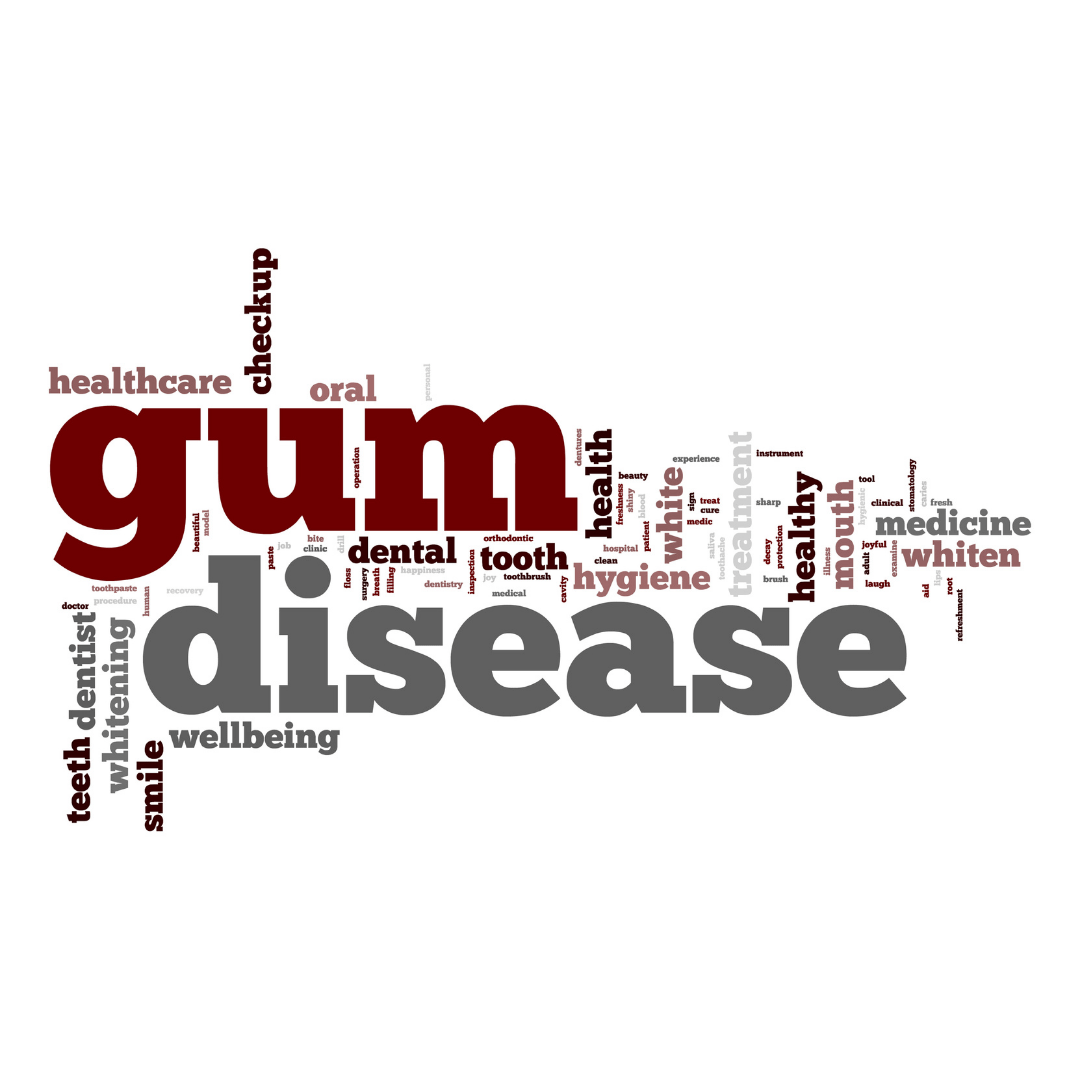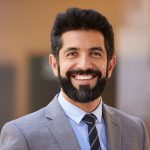Table of Contents
ToggleGum disease is a common problem that can affect the health of your gums, teeth, and even your entire mouth. It’s not just an aesthetic issue, either: gum disease can lead to tooth loss and worse oral health problems. It’s also a preventable disease that you can treat easily at home.
What is gum disease?
Gum disease is an infection of the gums and bone that surrounds your teeth. It’s caused by plaque buildup, a sticky film made up of bacteria, food particles, and saliva.
Untreated plaque can cause gingivitis and periodontal disease, impacting dental care and potentially causing issues.
How can I tell if I have gum disease?
If you are experiencing tooth pain, sores or swollen gums, red, tender, or bleeding gums, bad breath, and/or inflammation in your mouth then it is very likely that you have gum disease.
Gum disease can occur when plaque (the bacteria) builds up between the teeth and forms tartar (hardened plaque). This tartar creates pockets where food particles stick to the gums which causes inflammation around them. The inflammation causes swelling around the gum line which causes more pain as well as other symptoms like sensitivity to hot or cold foods etc…
How can I prevent gum disease?
-
Brush your teeth twice a day.
Make sure to brush your teeth in the morning and before bed. Brush for two minutes, using a soft-bristled toothbrush and holding it at least three inches from your teeth. If you have braces or have trouble reaching back teeth, consider using an electric toothbrush—it’s a great way to get into all those hard-to-reach places!
-
Use a soft-bristled toothbrush.
The best way to prevent gum disease is by using a soft-bristled toothbrush. Soft bristles are the ideal choice for cleaning teeth because they’re gentler on the gums and won’t damage them as much as hard bristles would. If you have trouble finding a toothbrush that has soft bristles, try purchasing one with more flexible handles instead—this will help make it easier for you to reach between your teeth without hurting yourself in the process!
-
Replace your toothbrush every 3–4 months.
Replacing your toothbrush is one of the best ways to prevent gum disease. Toothbrushes wear out over time, and when they do—and this can be weeks or months after you bought it—they become less effective at removing plaque. There are several signs that you may need a new brush:
- Your teeth feel rough and dry when you brush with them.
- The bristles no longer appear bright white but rather dull grayish-white in color (this happens as the bristles get worn down).
- You notice that there is more plaque buildup on the sides of your mouth than on top where you typically brush with your toothbrush (this happens because less effort was put into scrubbing with the head).
-
Floss every day
Flossing is an essential part of oral hygiene. It helps to remove plaque and food particles from between teeth, which can lead to gum disease. Flossing also helps prevent bad breath and tooth decay by removing bacteria from between your teeth before they have a chance to settle in.
It’s easy to do: simply unwrap the floss from its package, hold it in front of you with one hand, and run it under each tooth until it reaches the end of your tongue (or until there are no more spaces left). Then gently pull on each strand until they’re all clean!
-
Avoid smoking cigarettes or chewing tobacco.
Smoking cigarettes and chewing tobacco can make gum disease worse. Smoking causes significant damage to your teeth, gums, and the tissues around them. It also increases the risk of gum disease by changing the way you chew food and drink liquids.
Chewing tobacco is linked with an increased risk of tooth loss (cavities), gingivitis (gum inflammation), periodontitis (gum tissue loss), and oral cancer.
These are just some of the steps I take regularly to prevent gum disease. I am also a fan of a home remedy I use to prevent gum disease and keep a clean smile! Regular brushing can help remove plaque from your teeth, which is one of the causes of gingivitis. If you don’t have time for this kind of regular dental care or if your teeth are crowded together, consider getting a professional cleaning every six months or so.
Is it too late to save my gums?
Yes, it’s not too late to save your gums. Teledentistry is a great way to monitor your gums between visits and dental checkups are important. The American Dental Association recommends that you see your dentist at least twice per year for a professional cleaning and x-rays as part of a routine exam. Not only will this help prevent gum disease but it will also ensure that any problems with your mouth or teeth are caught early on so they don’t become serious issues later on down the road such as tooth decay, cavities, or even jaw surgery if necessary!
What other problems result from gum disease?
Gum disease is a serious problem that can have many consequences. It can lead to cavities, tooth loss, and bad breath.
- Cavities: A cavity is a hole in the enamel that lets food particles inside your mouth. This causes an infection called gingivitis (gum inflammation). If left untreated, the bacteria that cause gingivitis can break through the weakened spot in your enamel and cause damage throughout your teeth. This damage could eventually lead to tooth loss if not treated quickly enough.
- Root canals: Your dentist may recommend this procedure if you have had the periodontal disease for some time without getting better on its own through brushing twice daily with fluoridated toothpaste and flossing once per day for at least 30 seconds each time you brush—and if there are no other health conditions such as diabetes mellitus or heart disease affecting their ability to perform this procedure safely without causing further harm
What is Teledentistry?
Teledentistry is a great option for those who don’t have time to see their dentist regularly. You can easily contact your dentist for appointments anytime, even while traveling or busy. Teledentistry eliminates long waits and offers affordable solutions for your health plan.
Teledentistry is also convenient because most people don’t like going into dental offices because they’re always filled with germs from other patients who also need treatment that day—and those germs can cause serious health issues over time such as cavities (or worse!)
If you want to prevent gum disease, it’s important to get regular checkups.
Teledentistry lets you discuss your oral health with a dentist to catch small problems early.
Regular cleanings every six months prevent potentially serious damage from untreated diseases. Now that you know how to prevent gum disease, you’re on your way to a healthier mouth. It’s important to keep up the good work and practice these tips every day. Remember not only will you prevent further damage from occurring but also help restore your smile! If any of these methods don’t work for you, try some of our other suggestions listed above in this article.









